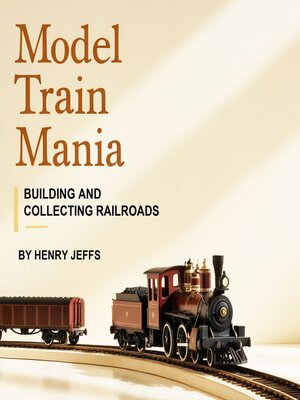
Sign up to save your library
With an OverDrive account, you can save your favorite libraries for at-a-glance information about availability. Find out more about OverDrive accounts.
Find this title in Libby, the library reading app by OverDrive.



Search for a digital library with this title
Title found at these libraries:
| Library Name | Distance |
|---|---|
| Loading... |
This audiobook is narrated by a digital voice.
The fascination with model trains transcends mere hobby interest to tap into something fundamental about human nature: our desire to create, control, and perfect miniature worlds that reflect both our memories of a golden age of railroading and our dreams of what transportation could become. From the first crude tin toys that rolled across nursery floors to the sophisticated digital command control systems that govern today's layouts, model railroading has evolved into one of the world's most popular and enduring hobbies, attracting enthusiasts who range from casual collectors to master craftsmen capable of creating museum-quality reproductions of historical railroad operations.
The origins of model railroading can be traced to the earliest days of real railroads, when toymakers recognized the public's fascination with these revolutionary machines and began creating simplified versions that children could manipulate and enjoy. The first model trains were nothing more than pull-toys made of wood or simple cast iron, but they captured the essential appeal of railroads: the power, the movement, and the connection between distant places that real trains represented. These early toys established patterns of play and imagination that would influence model railroad development for generations to come.
The transformation from simple toys to serious modeling tools began in Germany during the late nineteenth century, when companies like Märklin and Bing began producing trains with unprecedented attention to detail and mechanical sophistication. These manufacturers understood that their market included not only children but also adults who were fascinated by the engineering marvels of the railroad age and wanted to own scaled-down versions that captured the essence of these magnificent machines.







